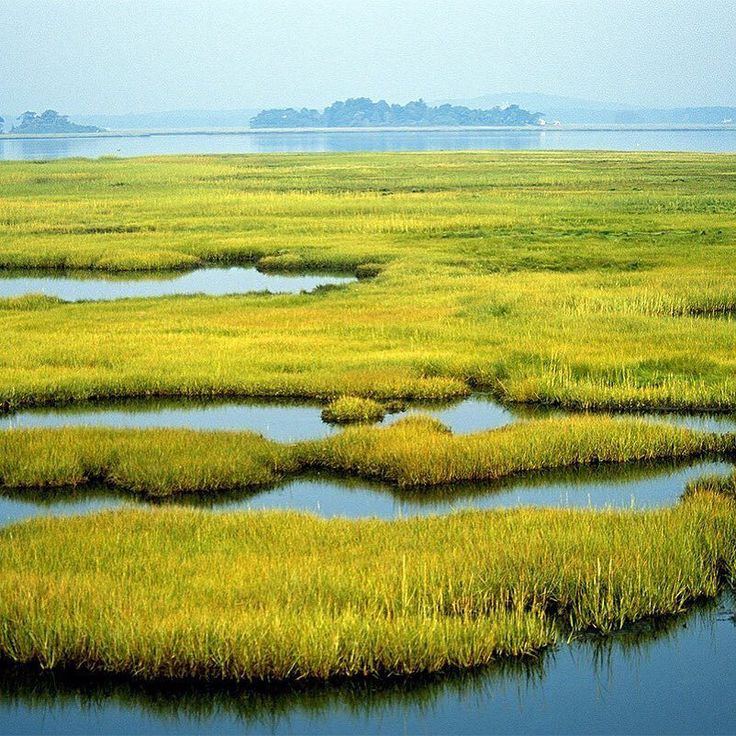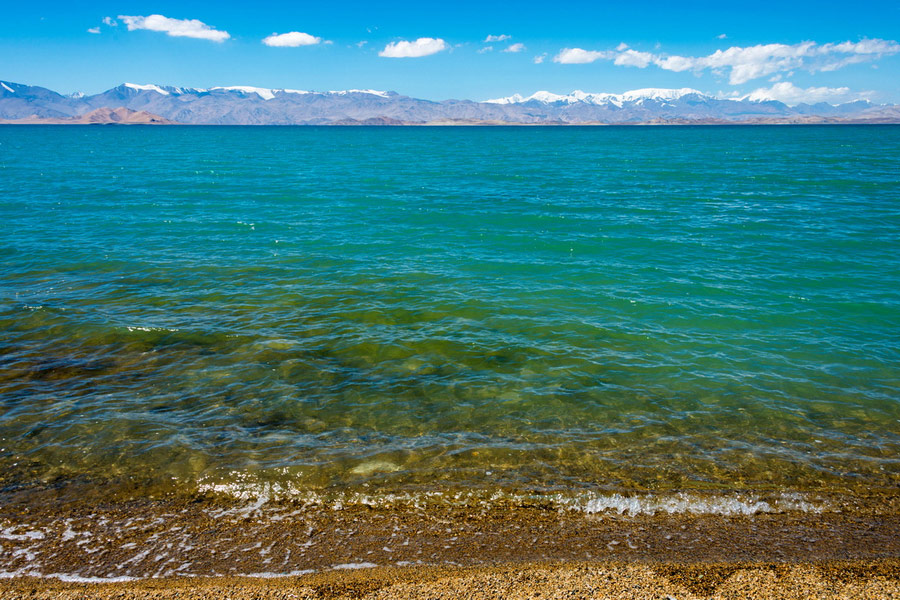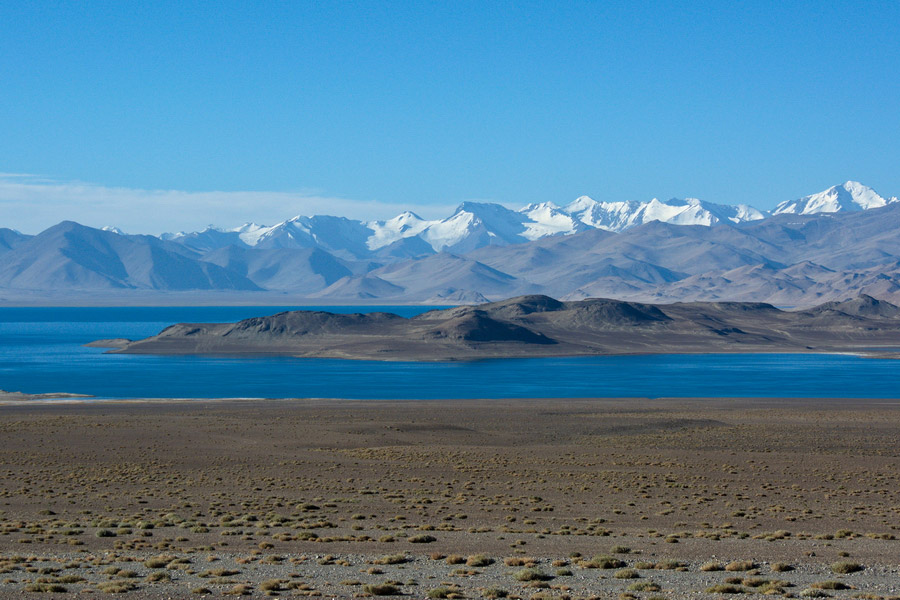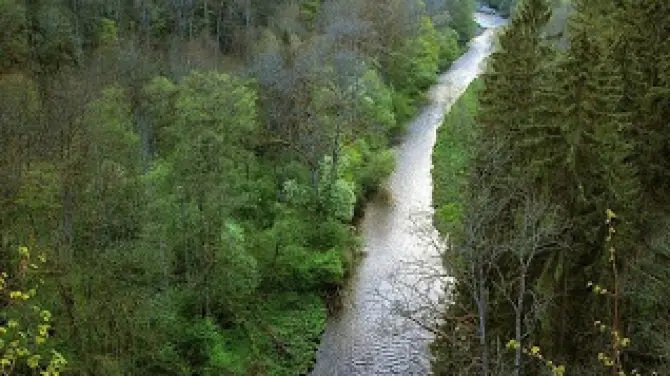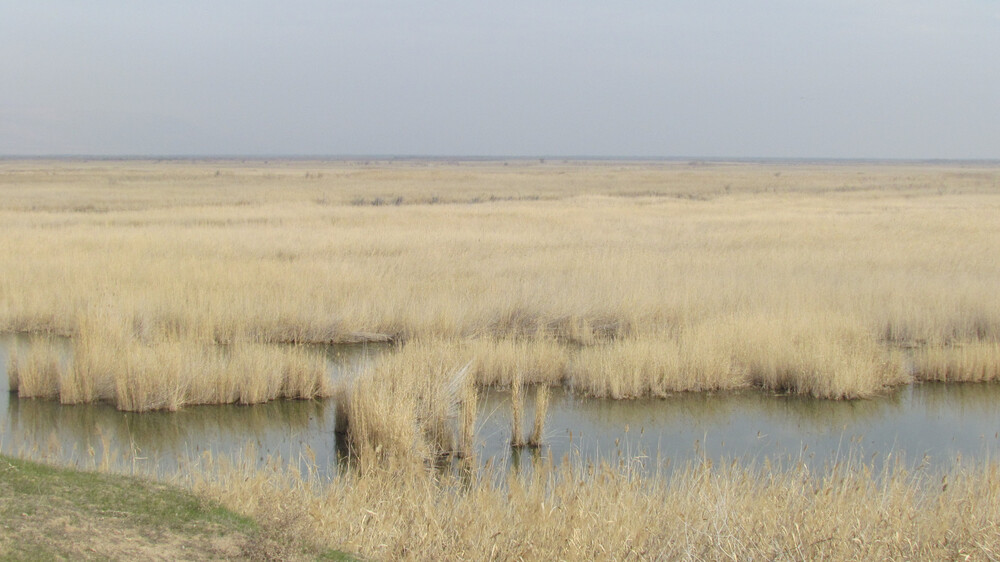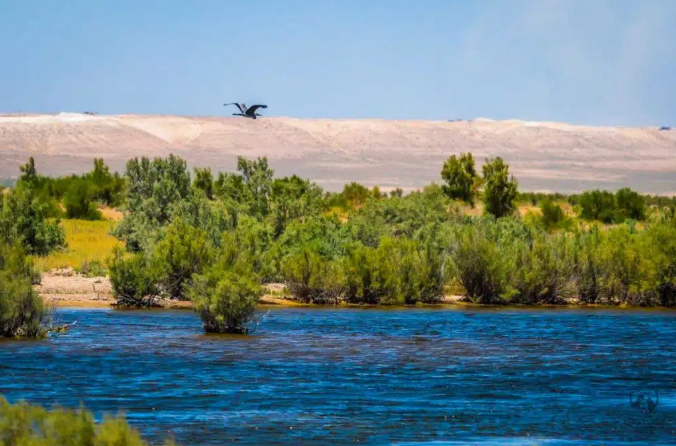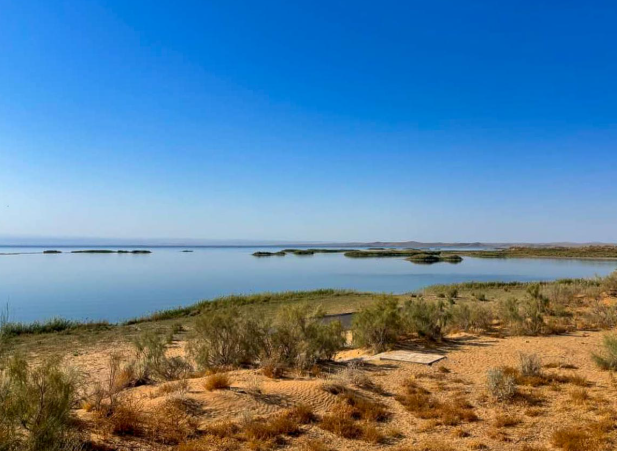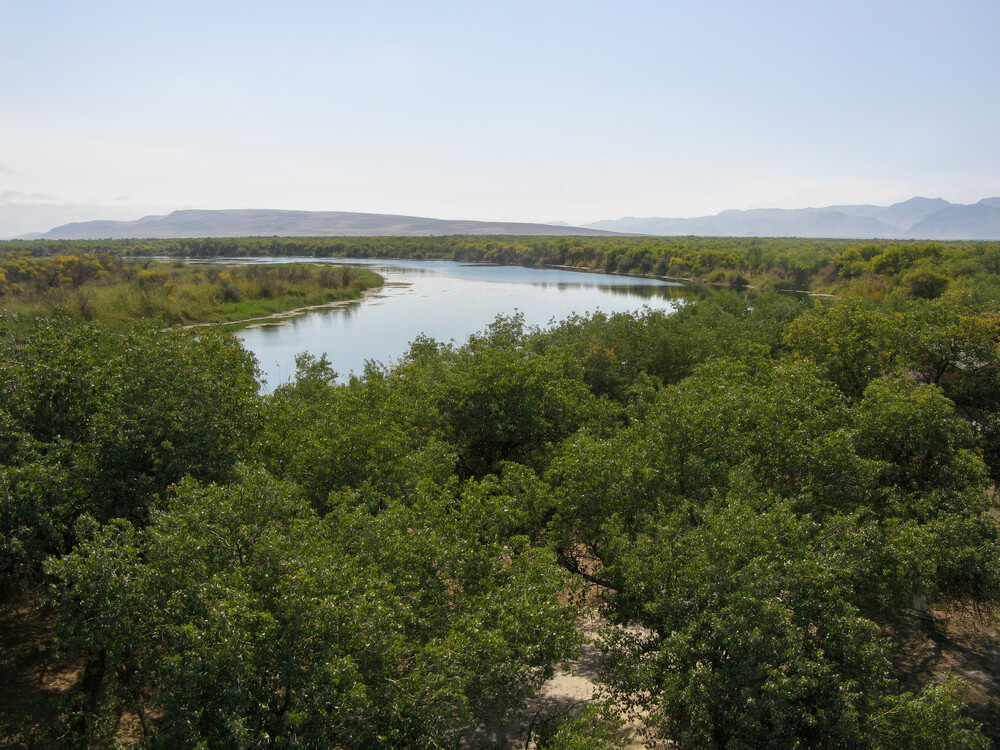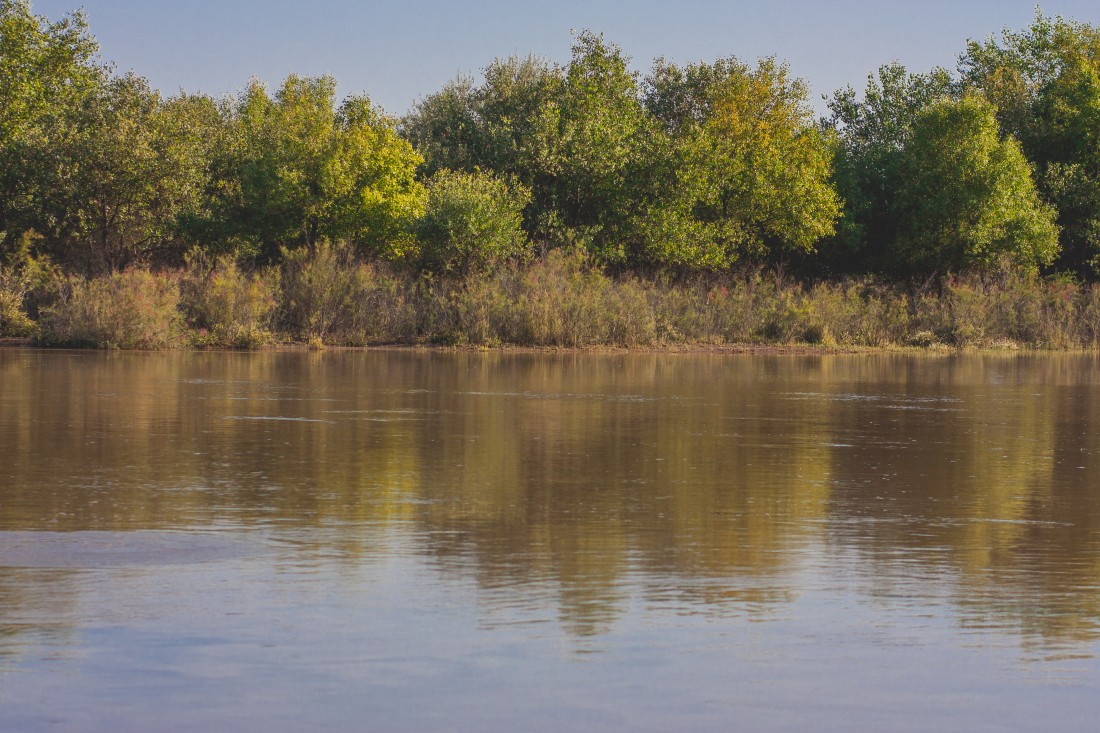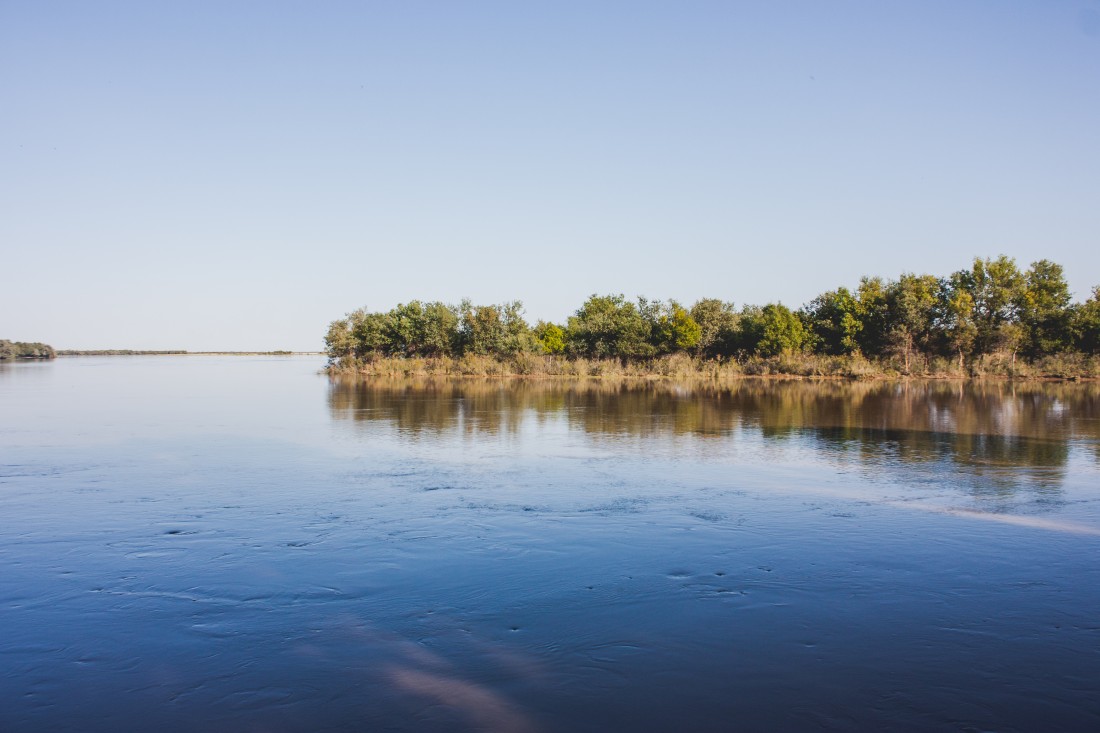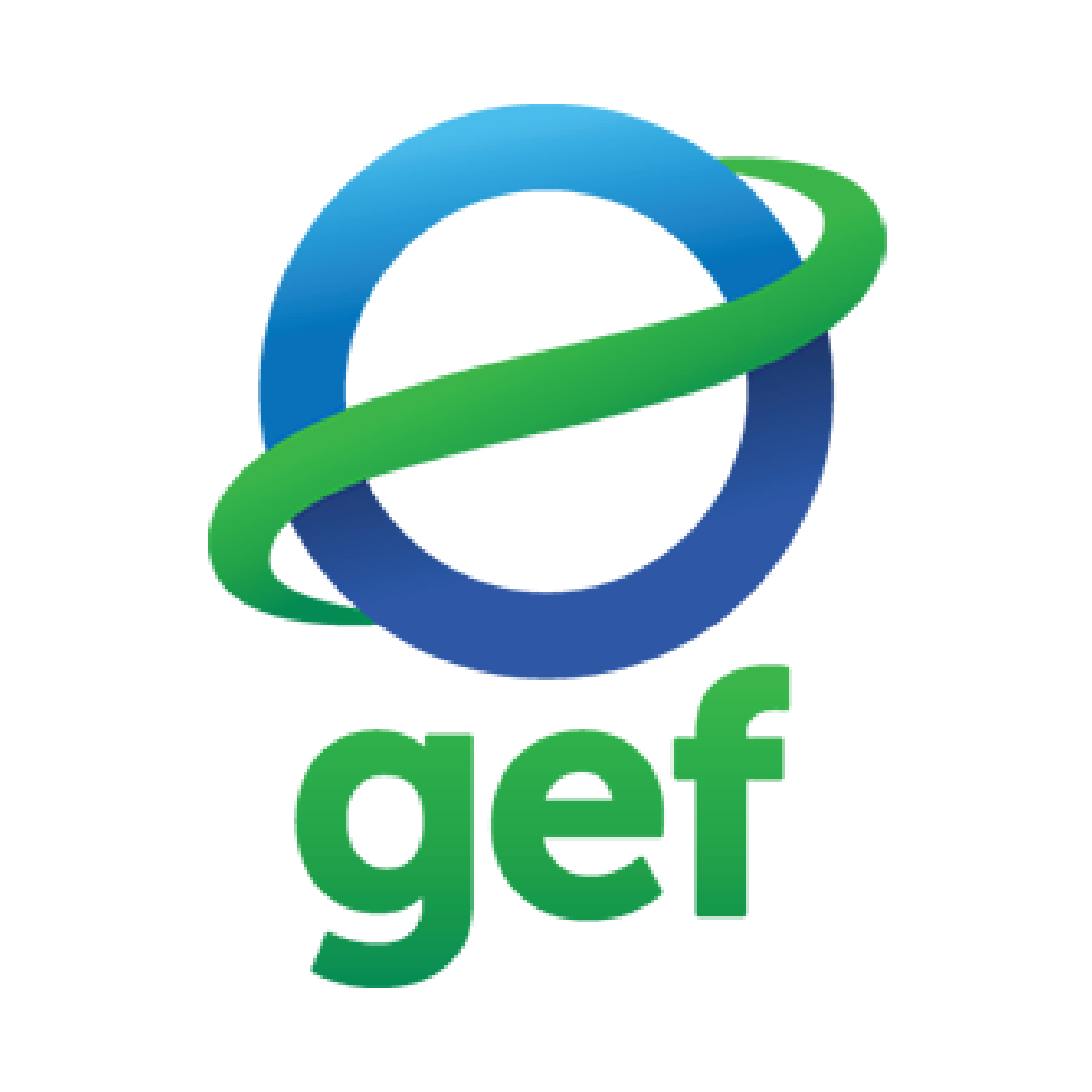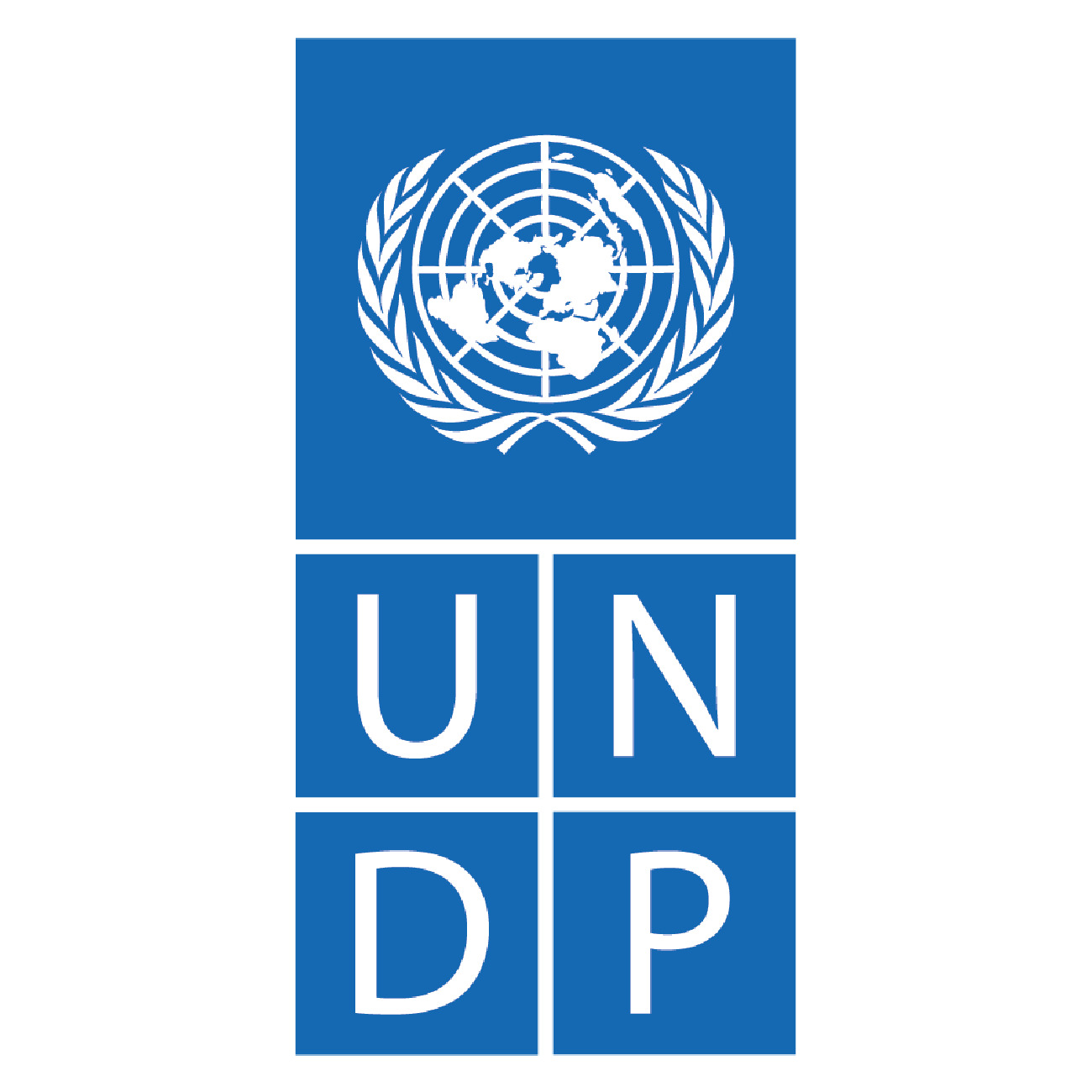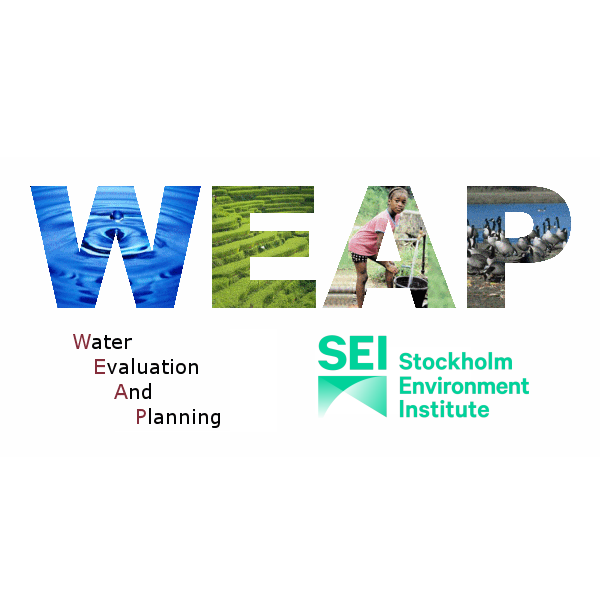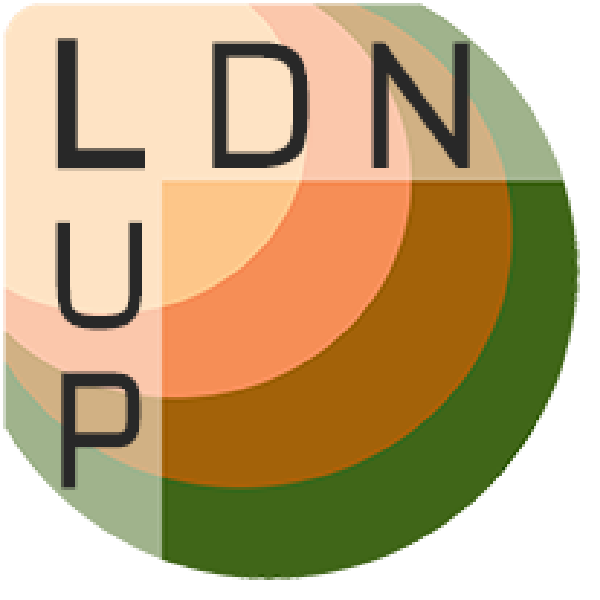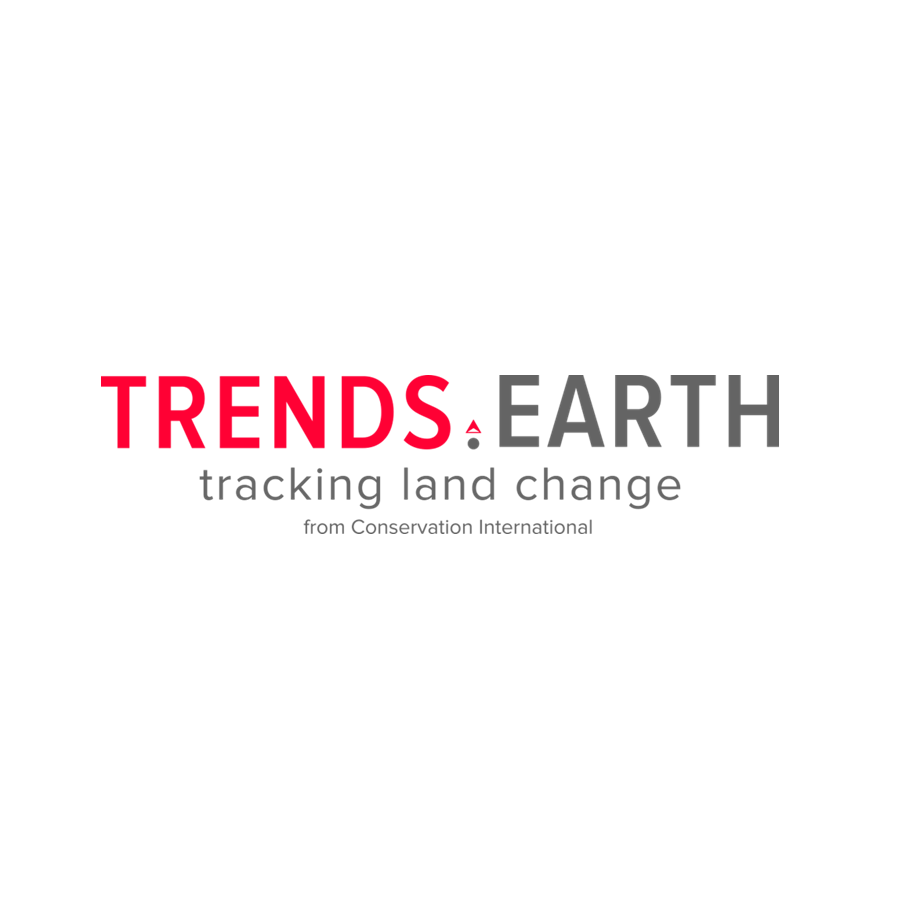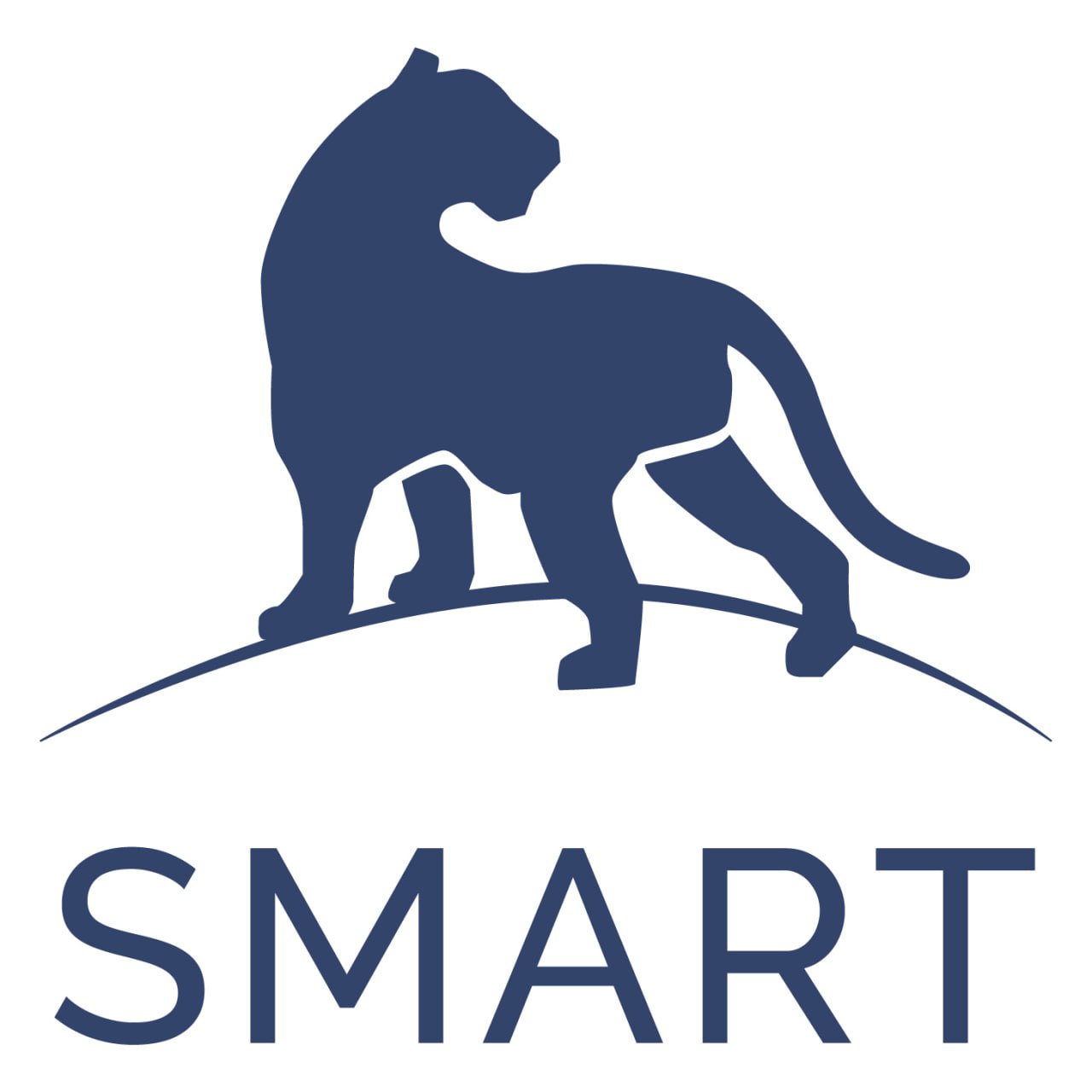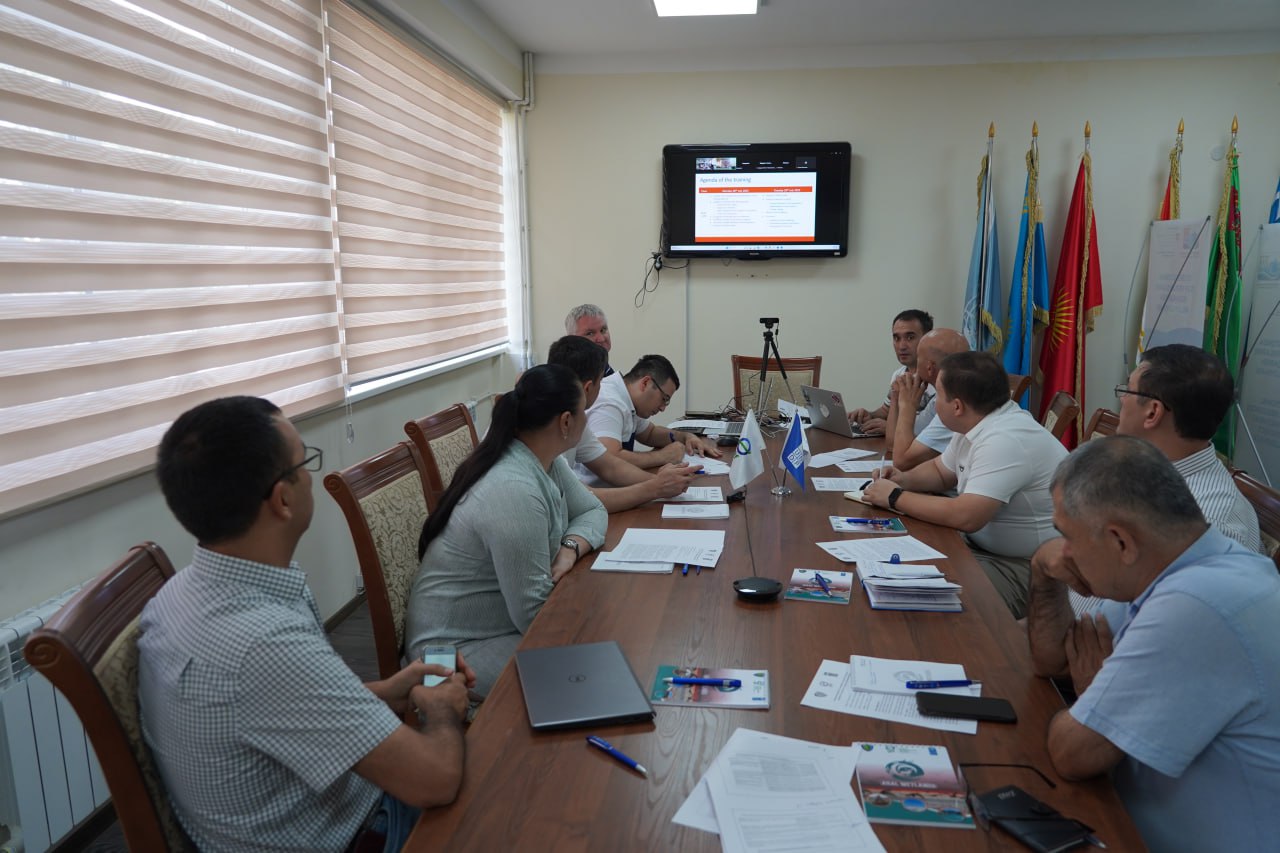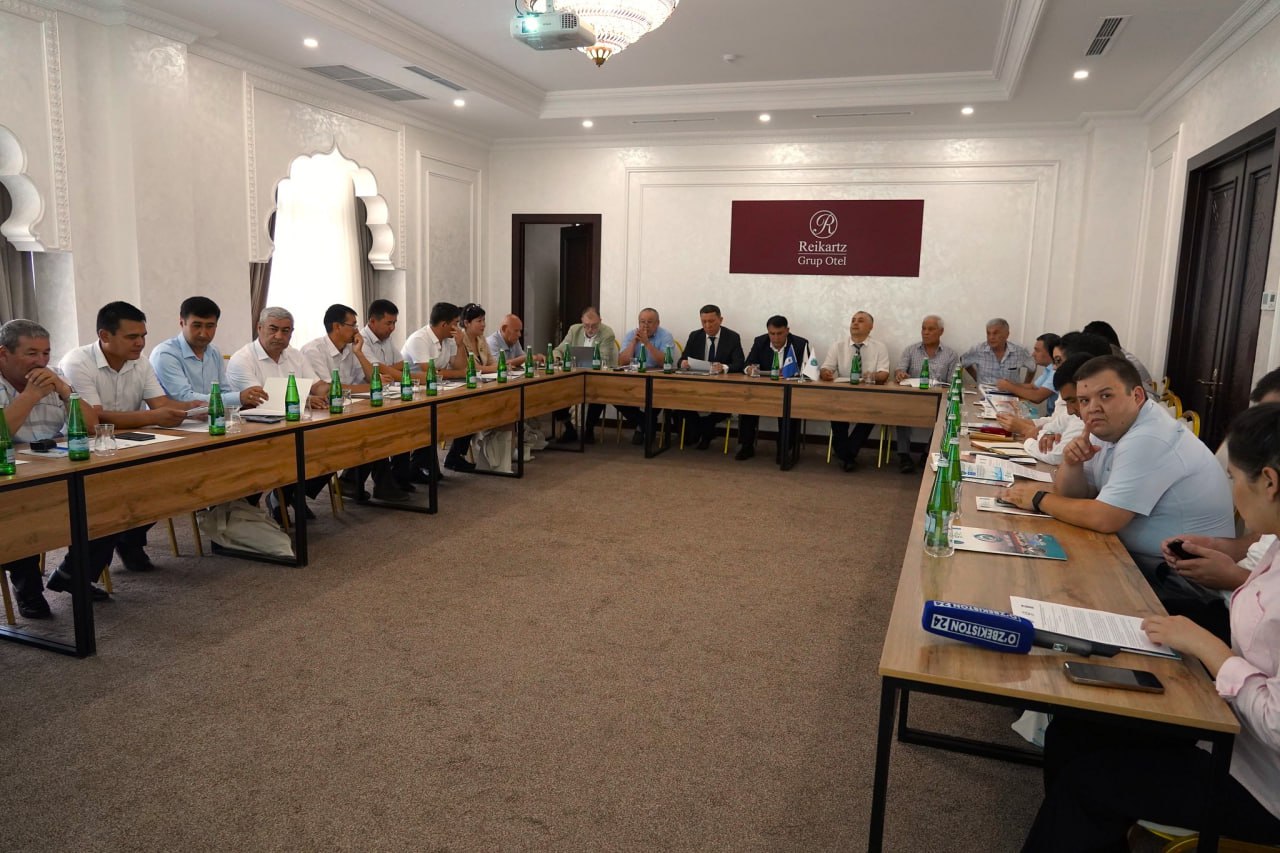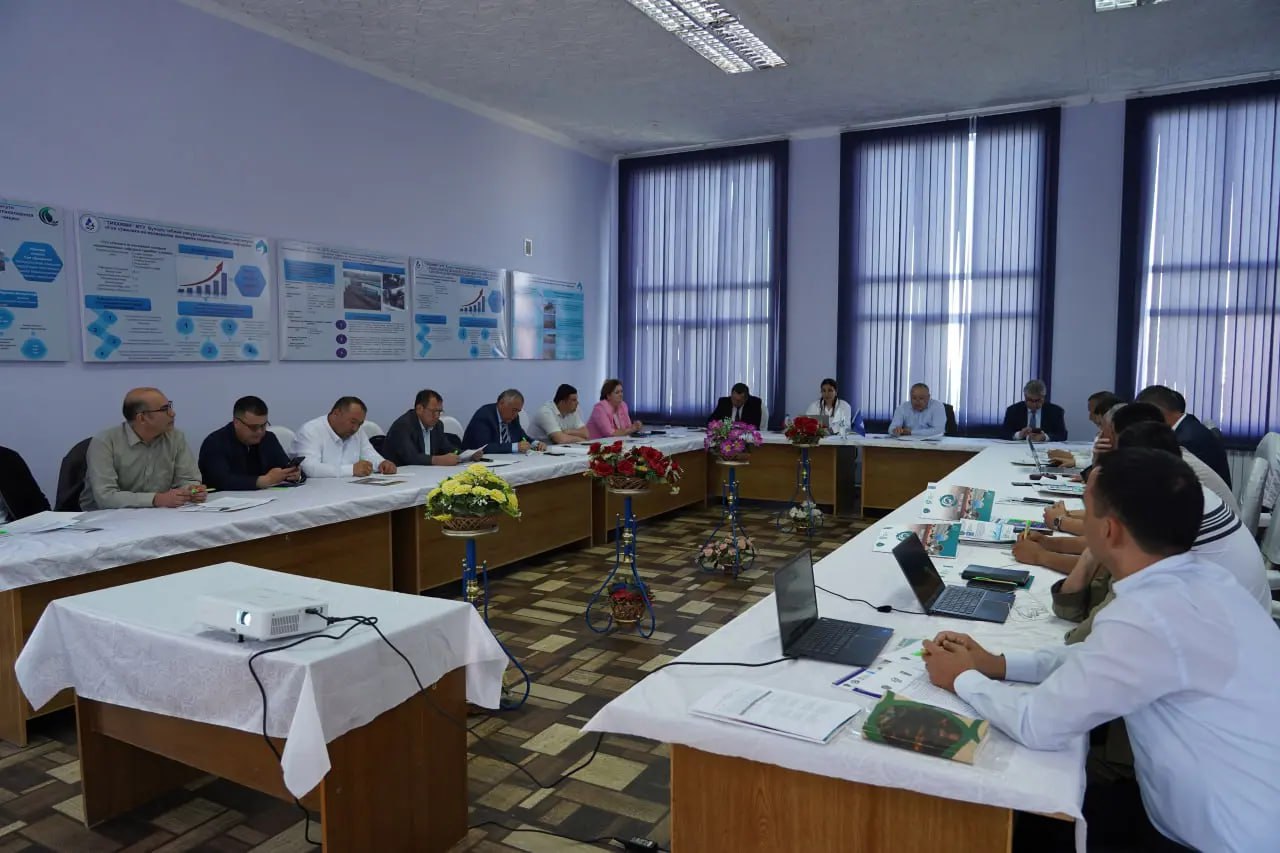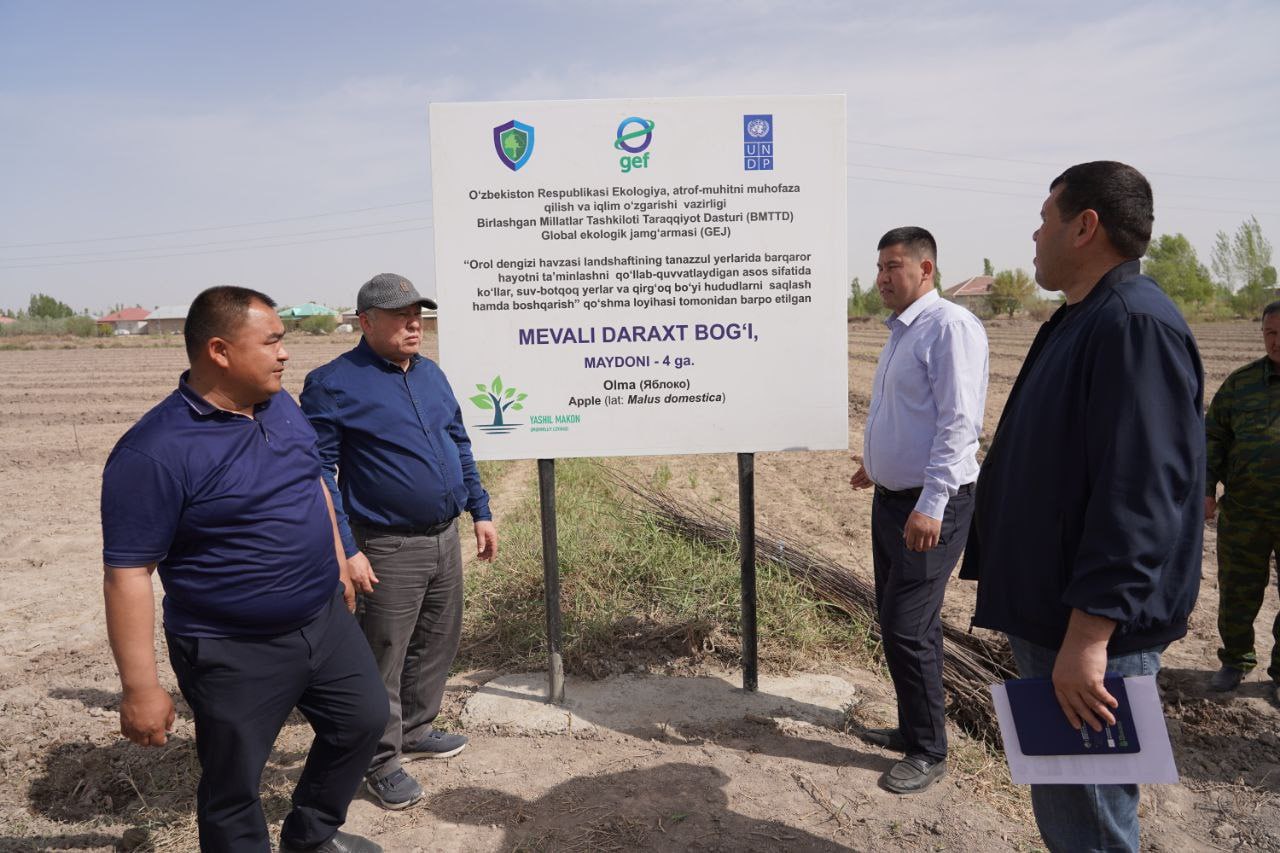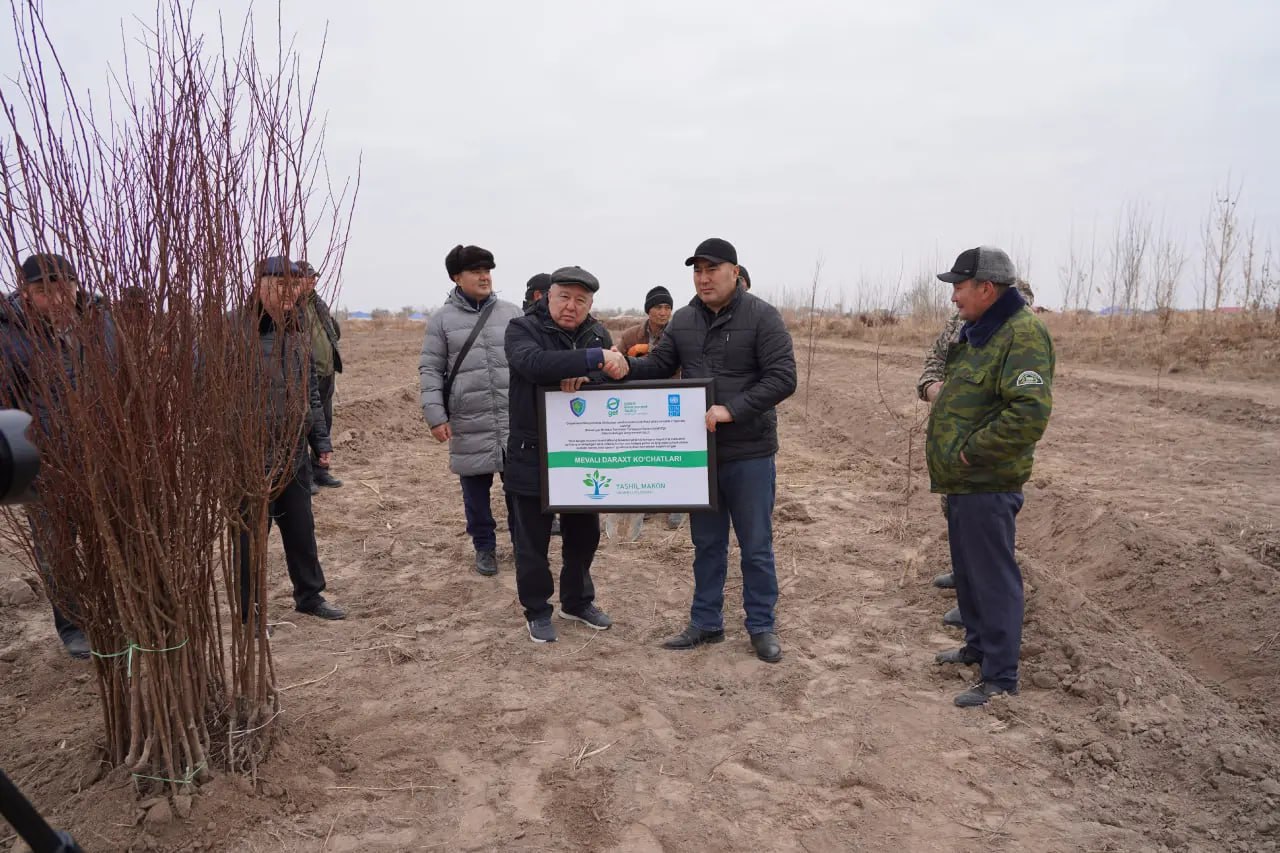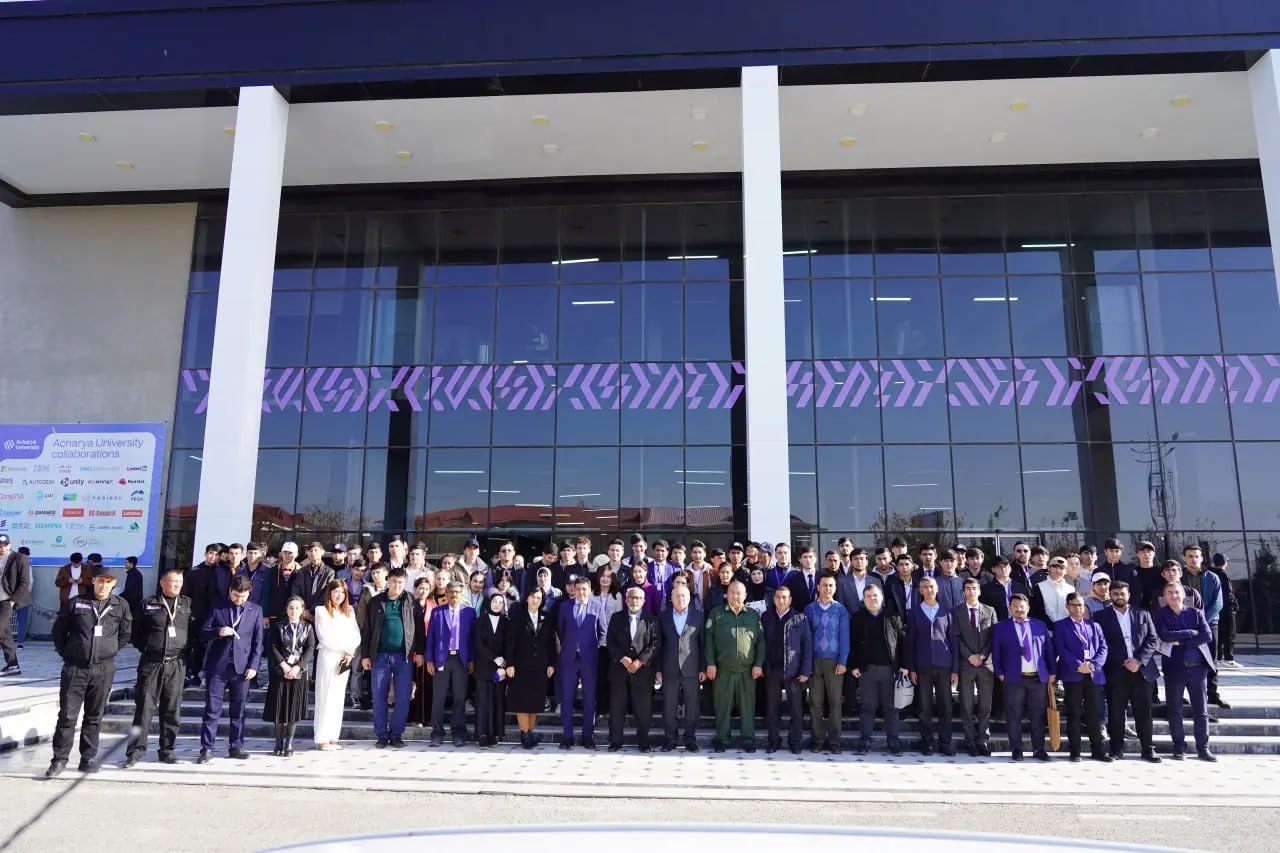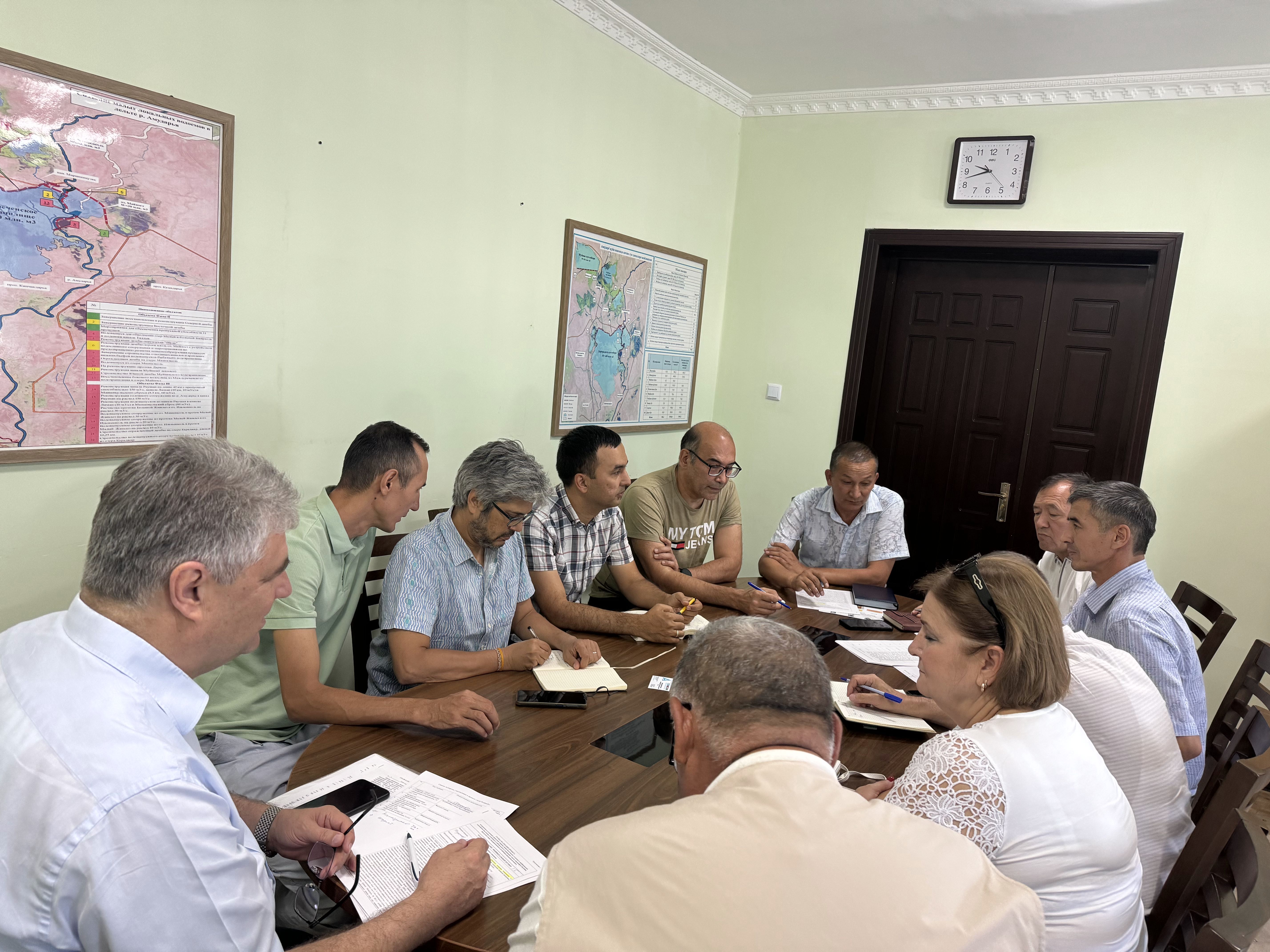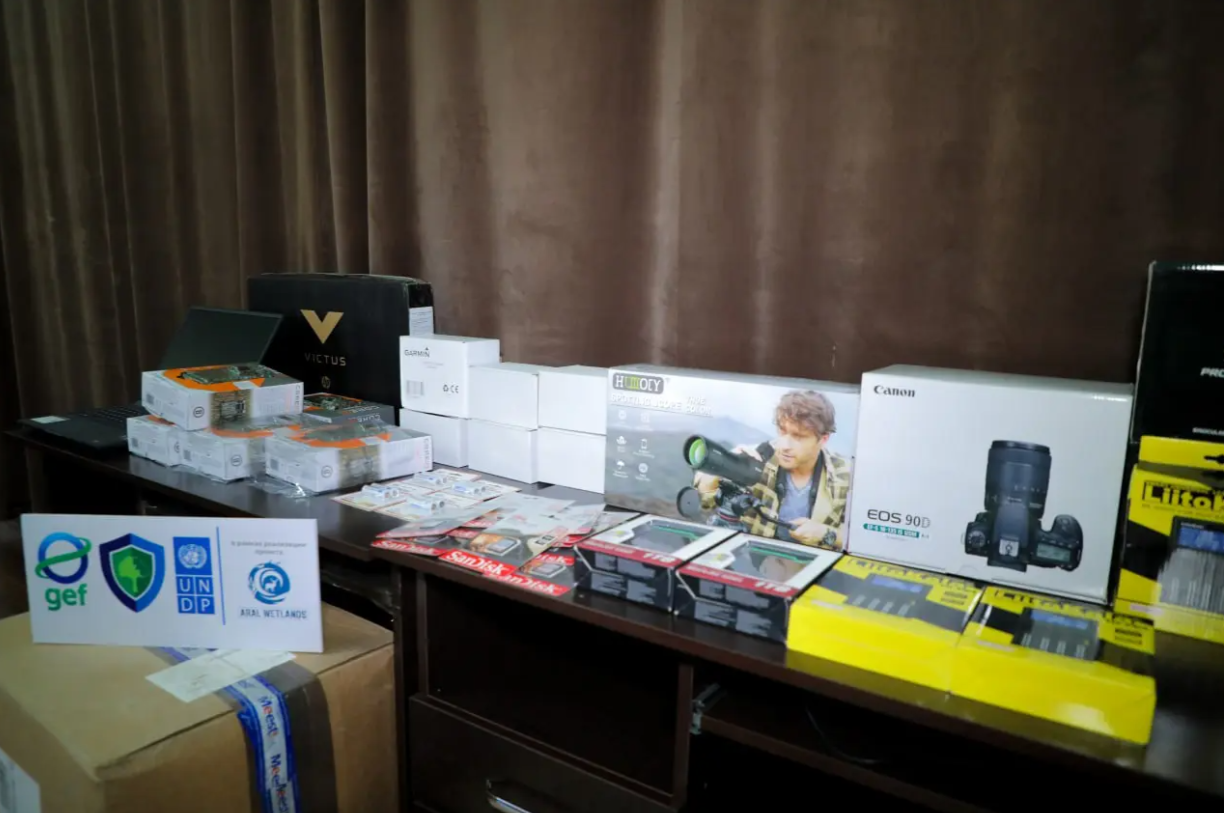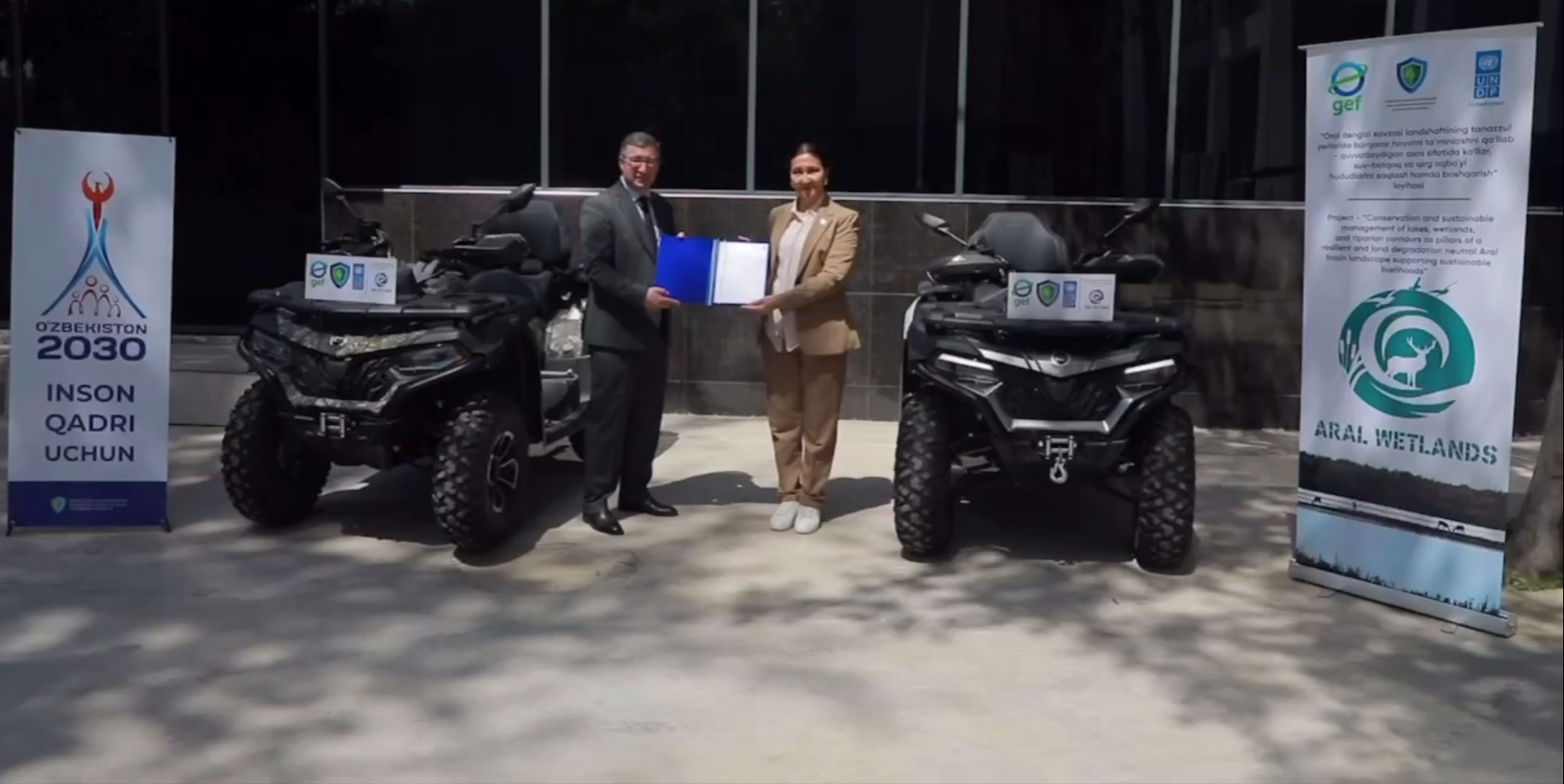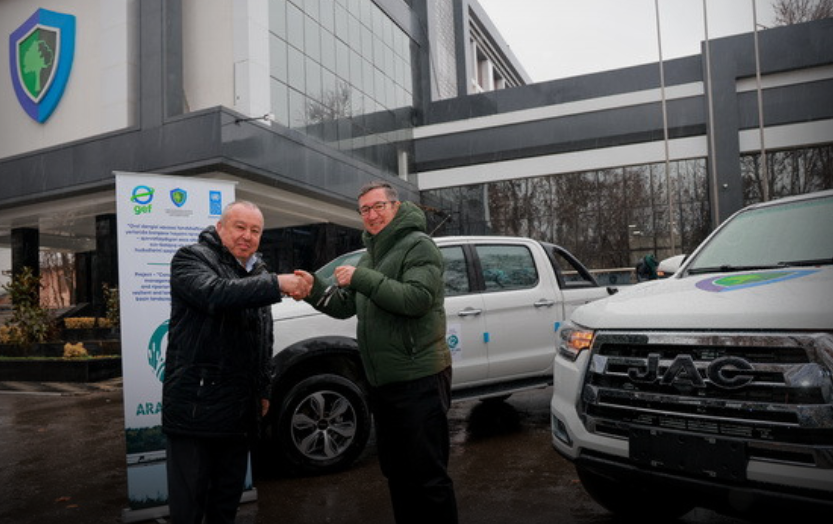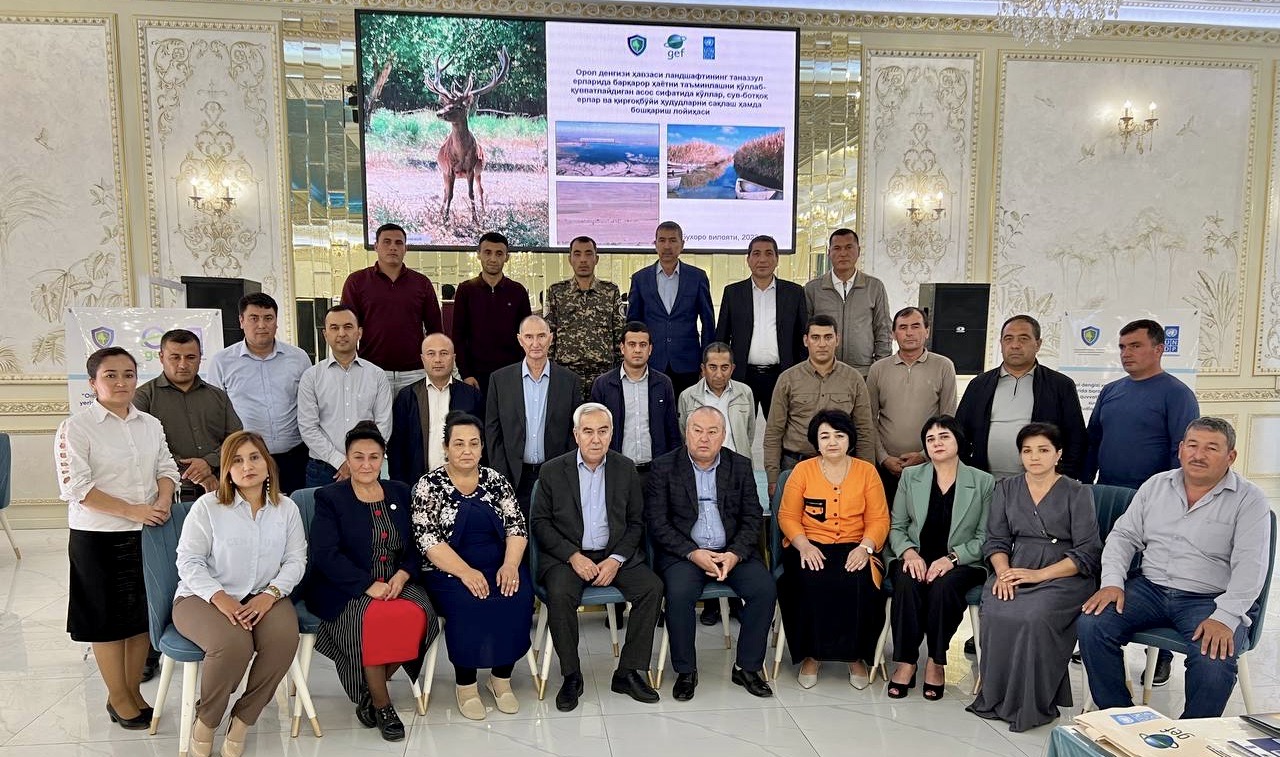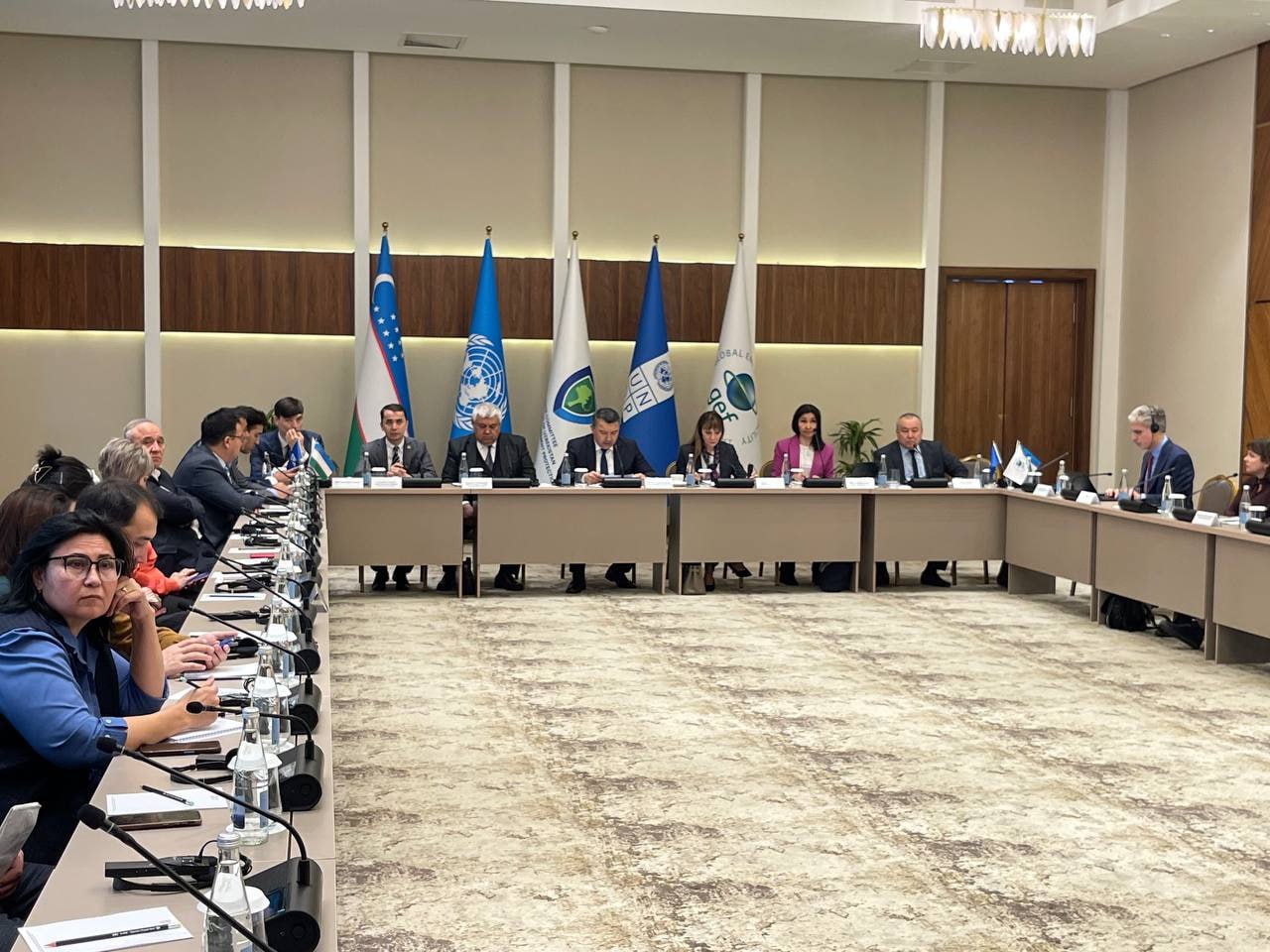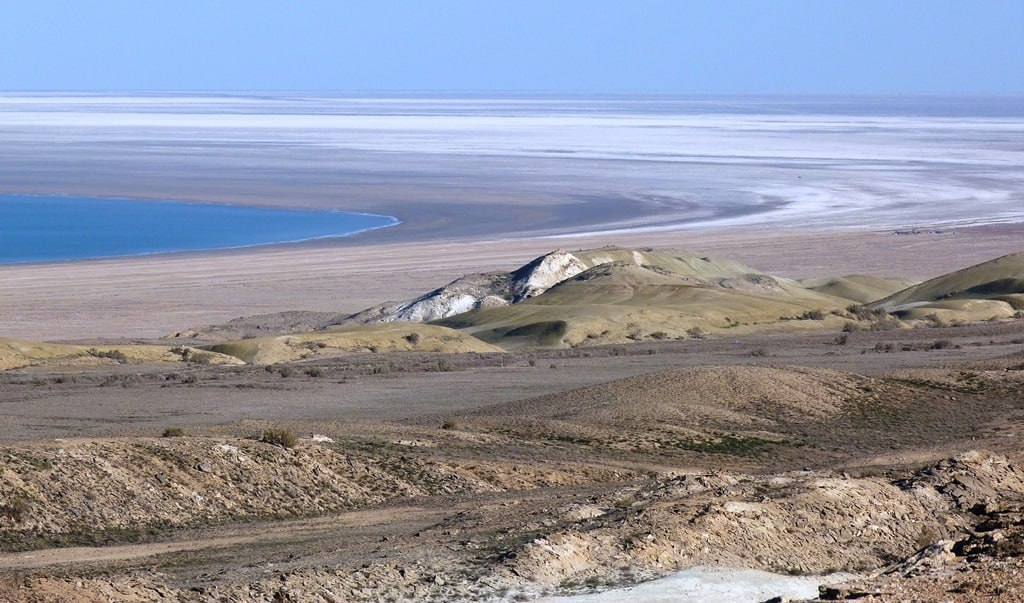
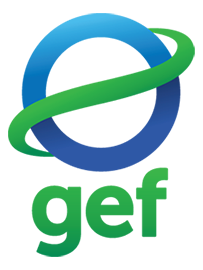
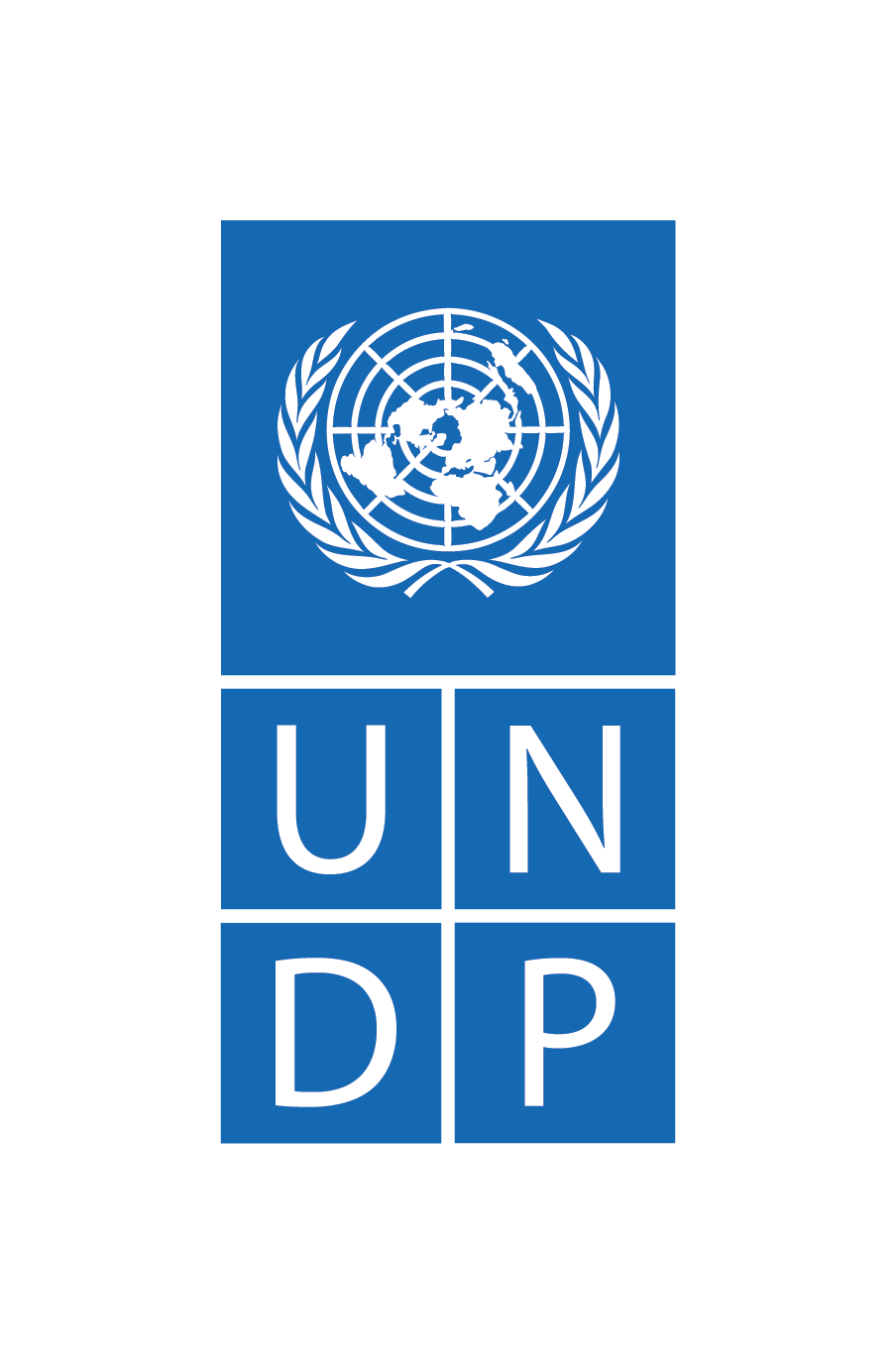

ALL TARGETED PROJECT AREAS
Home > Areas
ABOUT
Home > About
PROJECT PILOT AREAS
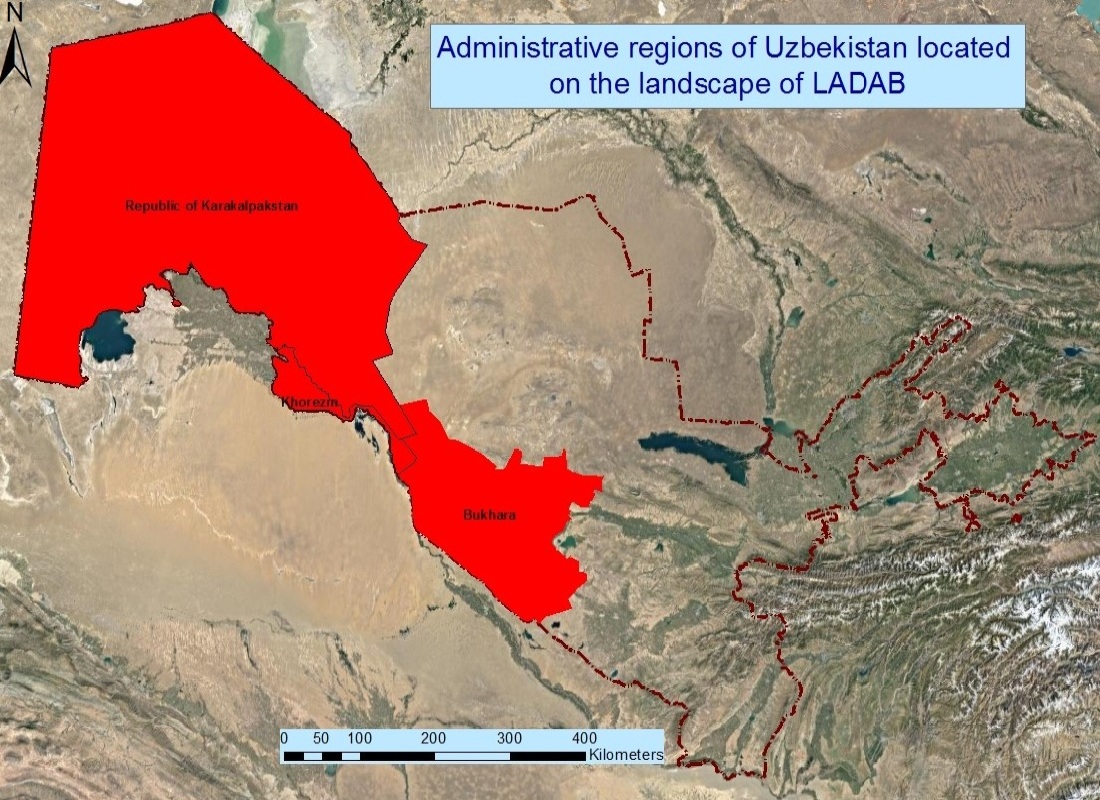
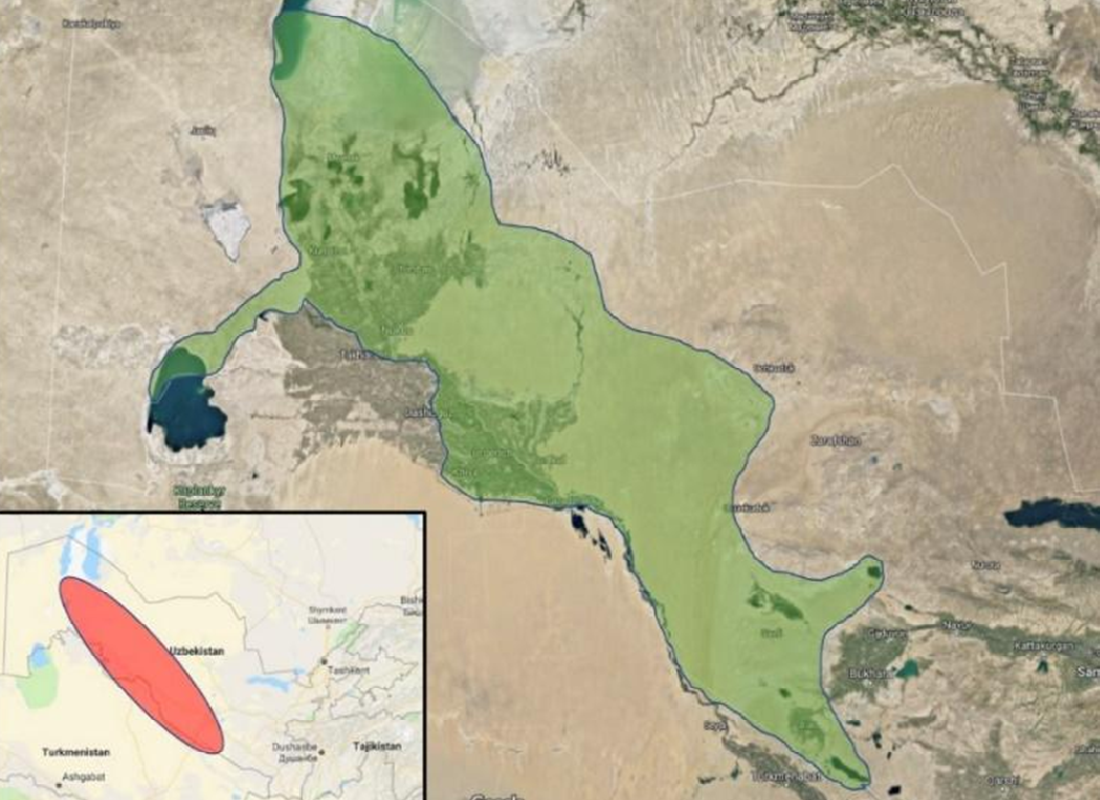
Objective
The objective of the project is to enhance the resilience of the ecosystems and livelihoods in Lower Amudarya and Aral Sea Basin (LADAB) through land degradation neutrality (LDN) compatible integrated land-water management in the productive landscapes around PAs and KBAs/IBAs. The four components proposed by this project have been designed within available GEF and co-financing framework to address the corresponding drivers of land, water degradation and biodiversity decline, which are directly linked to the diminishment and loss of lake, wetland and riparian biodiversity in this arid landscape. The project will deliver Global Environmental Benefits using a participatory approach that ensures promotion of women, youth and vulnerable groups and equitable participation opportunities. This will result in the establishment of an integrated water management framework linking “water saving agriculture” on 1,050,910 ha of irrigated land in LADAB landscape with the sustainable management of the minimum and the maximum ecological flows, required to sustain 957,260 hectares of lakes, wetlands and riparian zones; participatory Sustainable Land Management (SLM) measures applied to 100,000 ha of pastureland, tugai and tauranga forest ecosystem and halting habitat degradation; extension of the PAs national system’s coverage, to include 9 additional KBAs/IBAs, through the legal designation of 3,094,600 ha new PAs which, coupled with an expected 20% increase in the management effectiveness of the exiting PAs and a guaranteed minimum ecological flow to sustain the deltaic water bodies, will cumulatively result into stabilized population of the key indicator species and the ecological integrity of a chain of watered lands along the Aral coastline, crucial for preventing desertification and loss of biodiversity
Full Project DetailsPROJECT TIMELINE
Start Date
January 1, 2022
End Date
December 31, 2026
Components

Coordinated water management
as basis for LDN and conservation
This project component will address unrationalized and unsustainable use of water resources, the negative impacts of which are exacerbated from climate change risks. The project will develop a collaborative framework for efficient water management involving multi-stakeholders engagement, considering agriculture needs but also the necessary ecological flows needed for the preservation of lakes wetlands and riparian zones in Amudarya basin and delta.
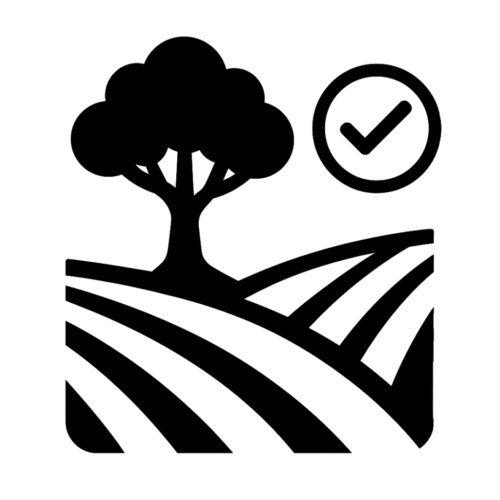
Sustainable land management for
Land Degradation Neutrality in the target landscape
This component supports sustainable land management (SLM) around lakes, wetlands, and riparian zones. It targets buffer areas in partnership with local governments and communities to reduce land degradation and pressure on protected areas. GEF resources will fund integrated land use planning and promote biodiversity-friendly farming. A micro-scheme, implemented with the Council of Farmers, will help small and mid-sized farms adopt sustainable irrigation, pasture, and forest practices. An EIA/safeguards team will assess risks and develop mitigation measures for inclusion in land use plans.
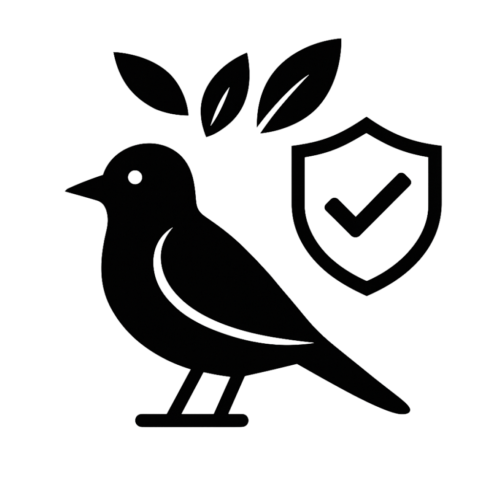
Conservation of globally significant
Aral Sea Basin biodiversity
Component 3 focuses on tackling the direct drivers of biodiversity loss by expanding the protected area (PA) system and improving the management of key existing PAs. GEF resources will support spatial and land use planning around these areas to ensure integration of PAs into sustainable land and agricultural practices. Buffer zones and corridors will be mapped, delineated, and incorporated into LDN-compatible spatial plans.

International Cooperation
and Knowledge Management
This component strengthens awareness and technical capacity on land degradation, biodiversity, and climate risks. Despite progress in addressing Aral Sea-related water issues, broader understanding remains low. The project will run education campaigns for decision-makers and local users, and support collaboration on Aral Sea basin decisions. Led by the State Committee on Ecology, it will promote stakeholder dialogue and share results through national and international networks.
Partners & Financing
TOOLS
Home > Tools
RESULTS
Home > Results
GALLERY
Home > Gallery
.jpg)
.jpg)
.jpg)
.jpg)
.jpg)
.jpg)
CONTACT US
Home > Contact Us
Phone
+998 (50) 051 04 84
info@wetlands.uz
Office Address
Uzbekistan, Tashkent city, Chilanzar district, Bunyodkor ave., 7-A
